The main features of the Gul-e solution
The Gul-e product, how it’s put together, and how it works
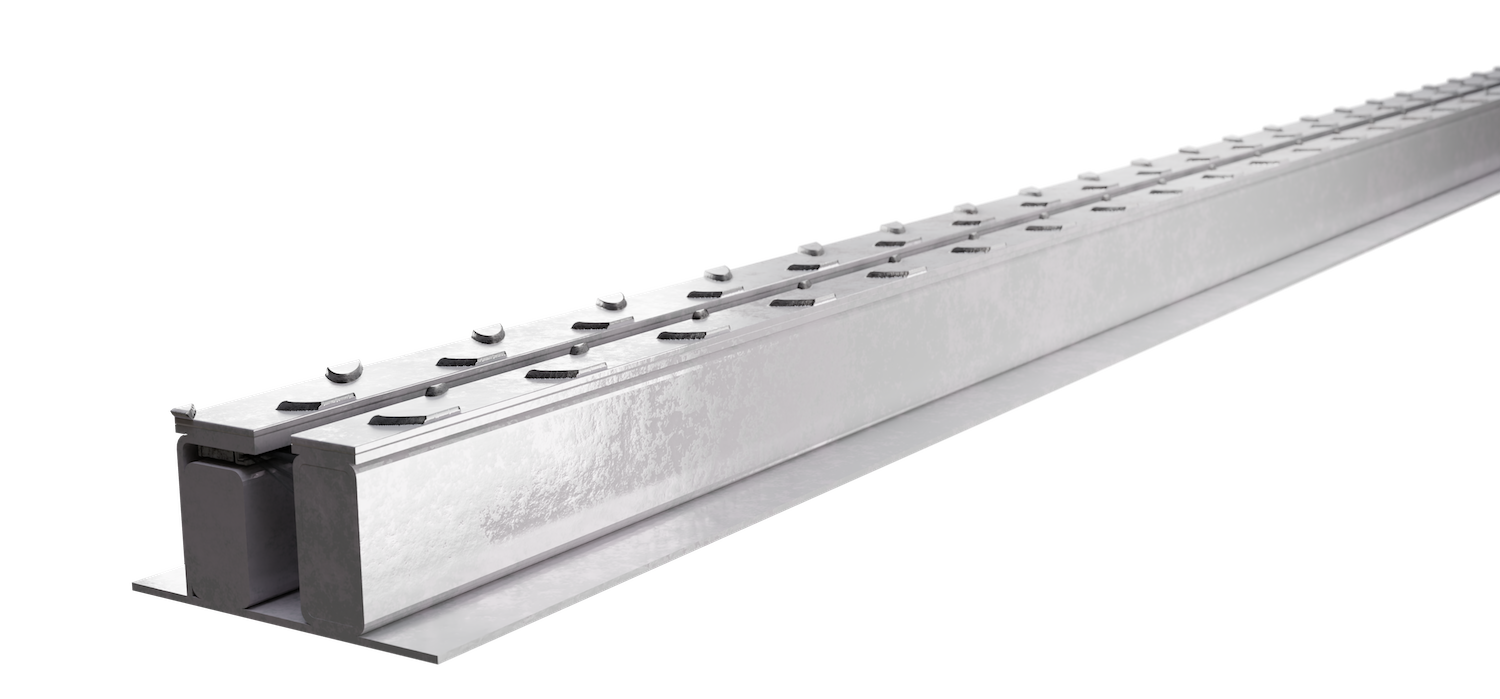
![]() What are the key features of the Gul-e?
What are the key features of the Gul-e?
So, what does it look like?
A pavement channel, with solid
chequerboard plates, and brushes to
protect the recess from dirt and debris.
The Gul-e device blends into the pavement just as any drainage channel or other pavement installation would.
Protected by chequerplate panels and brushes, it allows your cable to pass unimpeded and unnoticed across the pavement.
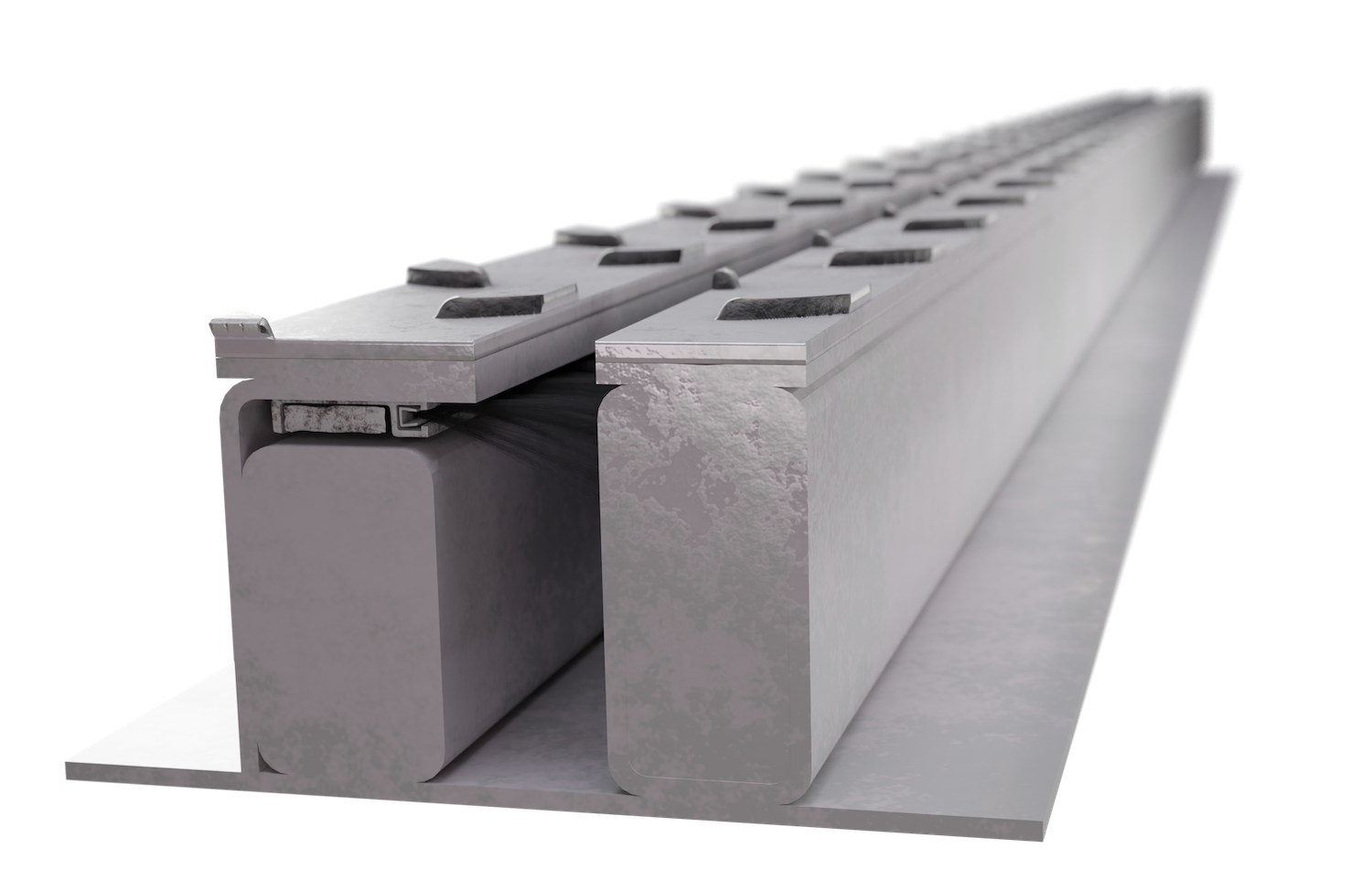
The key elements of the product:
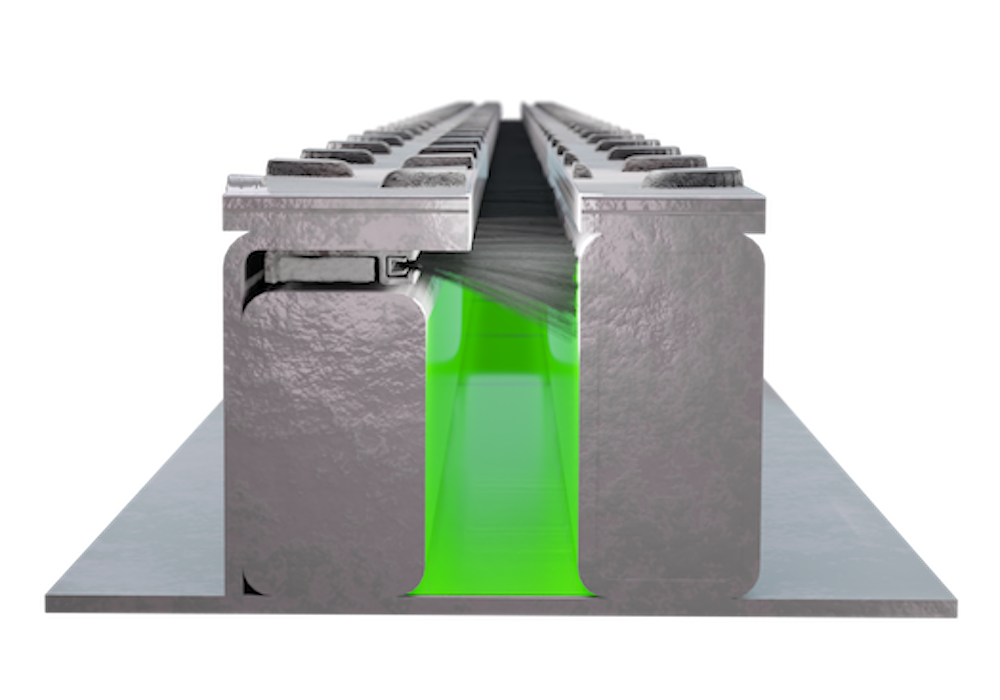
The recessed channel
The channel, dug into the pavement, and designed to carry the charging cable from your property to your vehicle parked at the kerbside.
Design to withstand all weathers, to drain water and other debris, and not to deform or corrode, it is a solid, permanent installation.
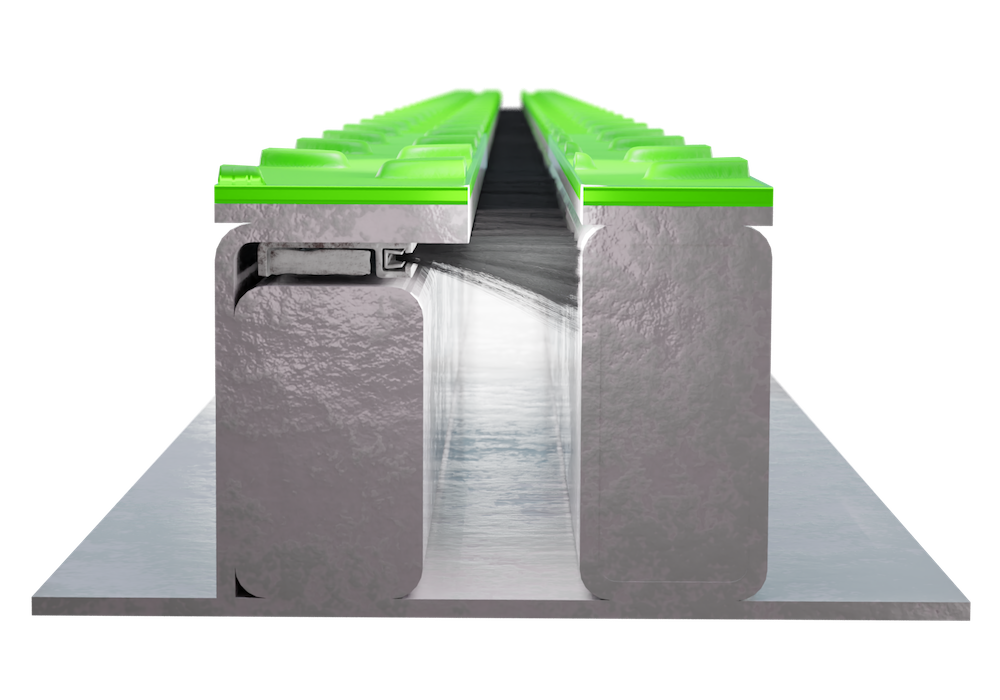
The chequerplate panels
The chequerplate panels, designed to withstand all possible pavement traffic, but to offer a safe, non-slip surface to prevent movement underfoot in all weathers.
Discrete and durable, the panels blend seamlessly into the pavement environment, offering a sympathetic, unobtrusive addition to the highway.
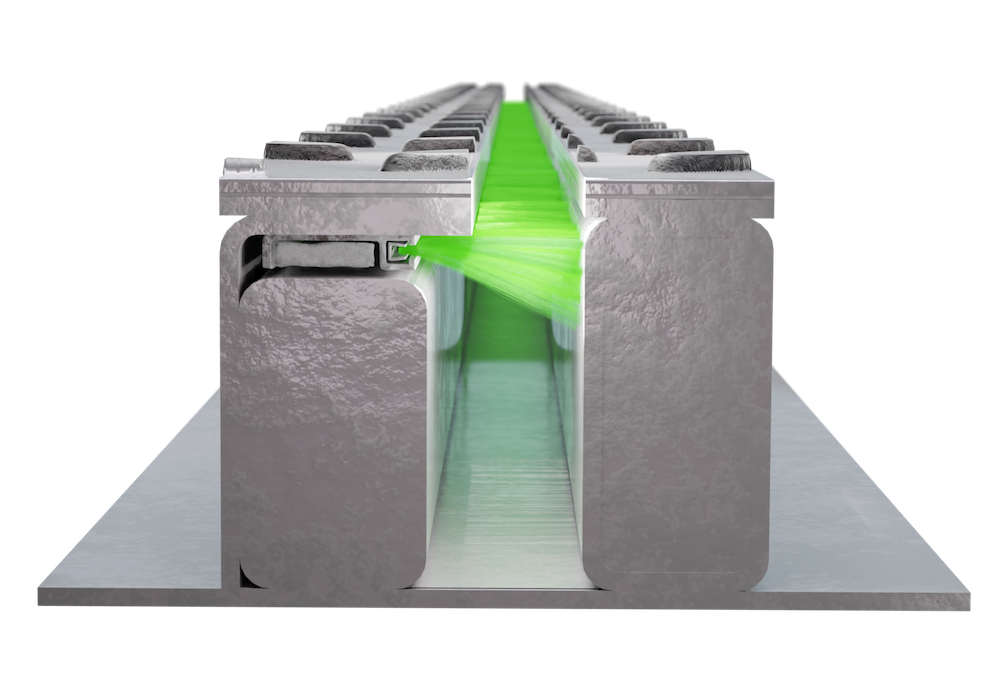
The protective brushes
The protective nylon brushes line the channel of the device, beneath the chequerplate panels, preventing dirt and debris from entering, or building up in the channel.
Durable and hard-wearing, they can withstand dirt, moisture, and all reasonable wear and tear a pavement environment can offer.
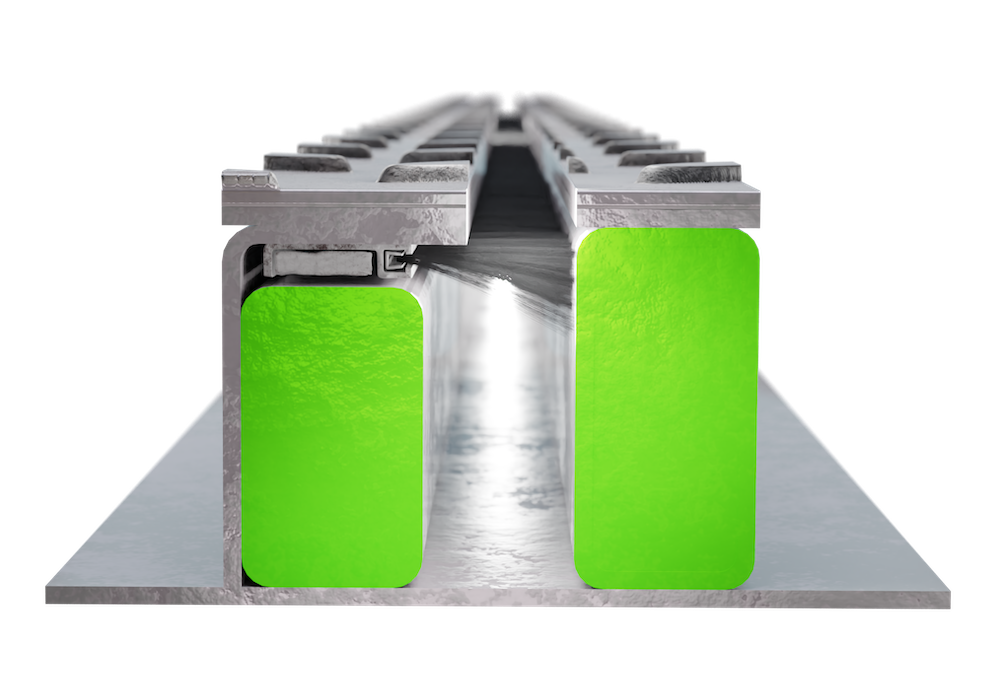
The cosmetic endplates
The endplates finish the product at the kerbside, ensuring a clean, unobtrusive appearance, and preventing unecessary ingress of water and debris.
Durable, hardwearing and discrete, they ensure both the safety and longevity of the product, whilst keeping the kerbside neat and tidy.
![]() Can I get a bit more information?
Can I get a bit more information?
Talk to us today
Let us have a few key details, and we’ll get back to you…

